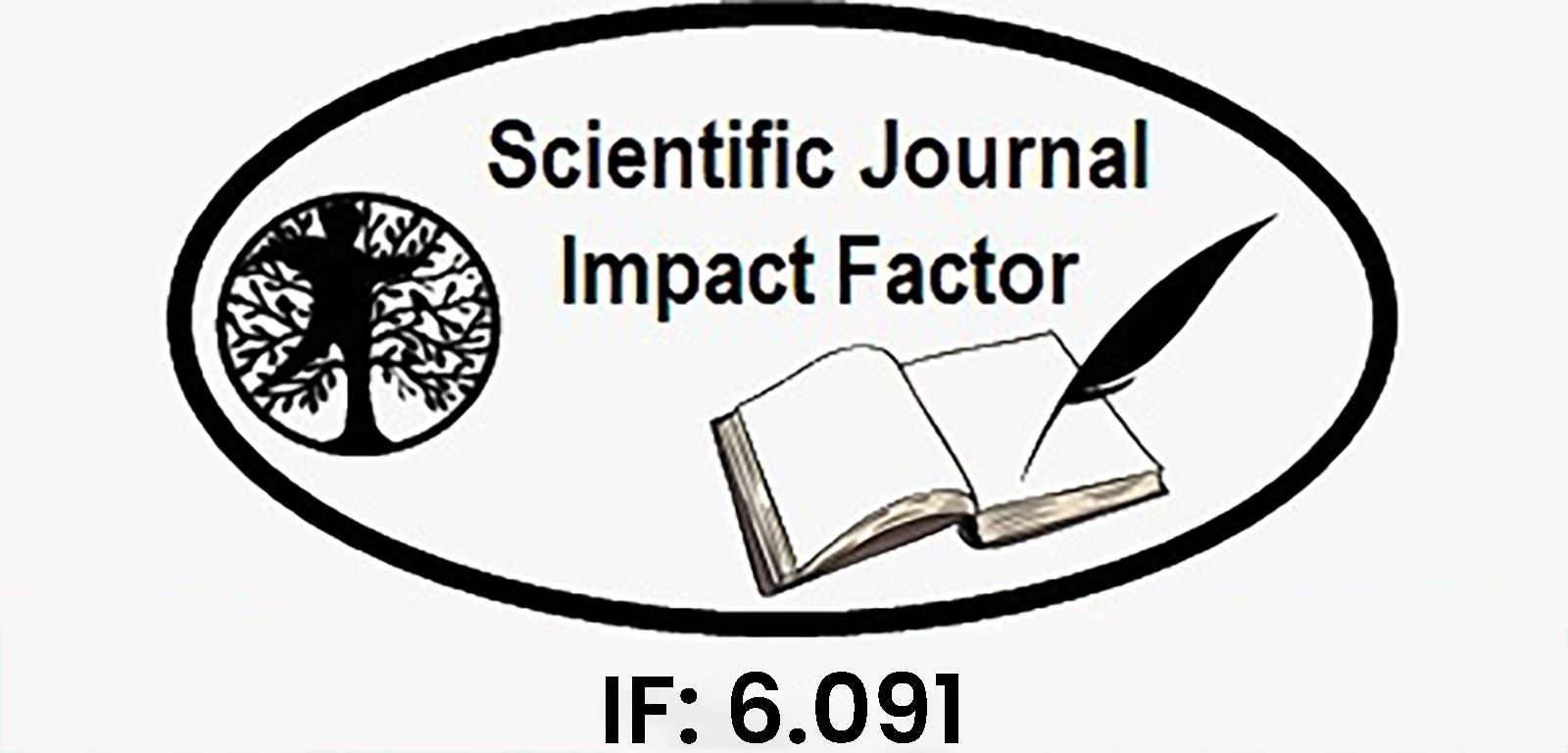Deep Learning-Based Liver Fibrosis Classification: A Multi-Domain Approach
Keywords:
Domain bias, multi-domain learning, ultrasonography, liver fibrosisAbstract
This study provides an in-depth analysis of liver fibrosis classification using heterogeneous ultrasound
image datasets. Utilizing advancements in deep learning, we evaluate the efficacy of various convolutional neural
network (CNN) architectures, including VGGNet, ResNet, DenseNet, EfficientNet, Vision Transformer (ViT),
and Xception. Building on the base paper’s findings, where ResNet achieved an accuracy of 87.92%, our
investigation extends to Xception and ensemble models. Through rigorous experimentation, our results
demonstrate significant improvements in classification accuracy. Notably, the Xception model and ensemble
approaches surpass the 90% accuracy threshold, showcasing their potential in enhancing diagnostic performance.
This underscores the effectiveness of leveraging diverse CNN architectures and ensemble strategies for liver
fibrosis classification from heterogeneous ultrasound images. Our study offers valuable insights for medical image
analysis and highlights the importance of exploring multiple deep learning techniques to improve diagnostic
accuracy in clinical settings.
Downloads
Downloads
Published
Issue
Section
License

This work is licensed under a Creative Commons Attribution-NonCommercial-NoDerivatives 4.0 International License.















